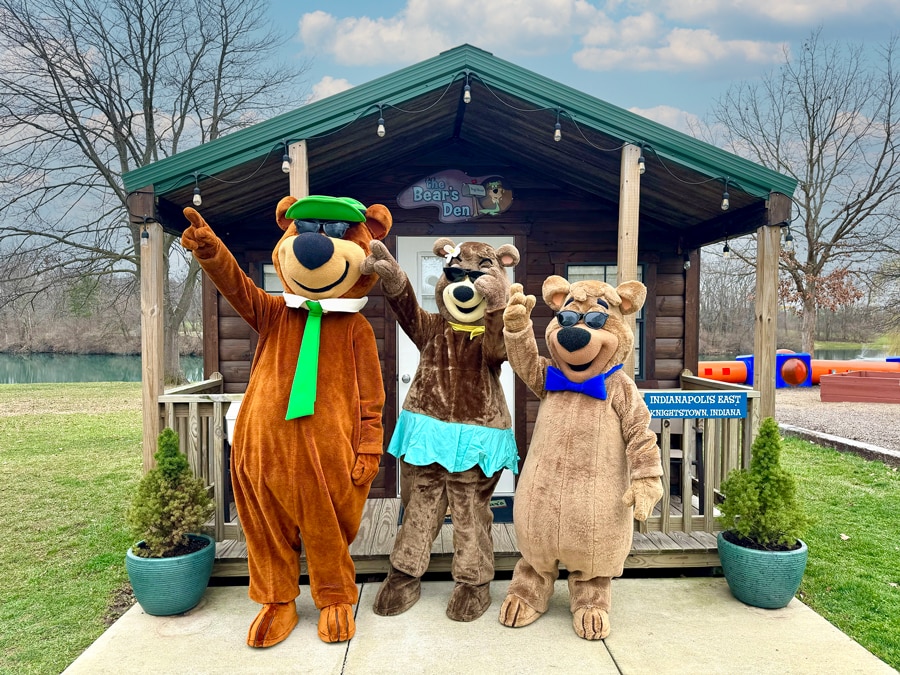Jellystone Park Blog
Hot tips, hot topics, and the latest updates from Jellystone Park locations around the U.S. and Canada. Check back often!
- April 2024 (1)
- March 2024 (1)
- October 2023 (1)
- April 2023 (1)
- October 2022 (2)
- July 2022 (1)
- June 2022 (1)
- February 2021 (1)
- September 2020 (1)
- June 2020 (1)
- April 2018 (1)
- October 2017 (1)
- September 2017 (2)
- August 2017 (5)
- July 2017 (1)
- June 2017 (2)
- May 2017 (2)
- April 2017 (8)
- March 2017 (2)
- February 2017 (2)
- January 2017 (1)
- December 2016 (3)
- November 2016 (1)
- October 2016 (2)
- September 2016 (1)
- May 2016 (1)
- April 2016 (3)
- March 2016 (4)
- February 2016 (2)
- December 2015 (1)
- November 2015 (1)
- October 2015 (4)
- September 2015 (3)
- August 2015 (2)
- July 2015 (2)
- June 2015 (2)
- May 2015 (1)
- February 2015 (3)
- November 2014 (2)
- September 2014 (2)
- July 2014 (3)
- June 2014 (4)
- February 2014 (2)
- October 2013 (1)
- June 2013 (2)
- May 2013 (4)
- February 2013 (1)
- September 2012 (1)
- July 2012 (1)
- June 2012 (3)
- April 2012 (3)
- March 2012 (4)
- February 2012 (1)
- September 2011 (3)
- June 2011 (1)
- May 2011 (1)
- April 2011 (3)
- March 2011 (1)
- February 2011 (1)
- December 2010 (5)
- October 2010 (3)
- August 2010 (2)
- June 2010 (1)
- February 2010 (2)
- May 2009 (1)

Experience the 2024 Solar Eclipse at Jellystone Park
Yogi Bear is coming out of hibernation this spring just in time to join families as they experience the April 8 total solar eclipse.

2023 New Additions at Jellystone Park
Jellystone Park locations across the U.S. and Canada are always looking for ways to create memorable experiences for our guests. Below is a list of highlights of some of the new attractions and activities that Jellystone Park locations introduced in 2023.

Jellystone Park nominated for USA Today’s 10Best Readers’ Choice Awards
We are BEAR-Y excited to announce that three Jellystone Park locations have been nominated for USA Today’s 10Best Readers’ Choice Awards for Best RV Campground in the country.

Yogi Bear’s Jellystone Park Adds Nine New Locations
We are excited to announce that Jellystone Park has expanded this year with new locations in Maine, Michigan, Missouri, New Jersey, New York, Ohio, Texas, and Virginia. We are pleased that even more families will be able to enjoy the Jellystone Park experience and make memories with their loved ones.

Join Jellystone Park in Conserving Water – Today and Beyond!
We invite you to be water-wise and support Jellystone Park™ in conserving our most important resource during the month of July and beyond.




